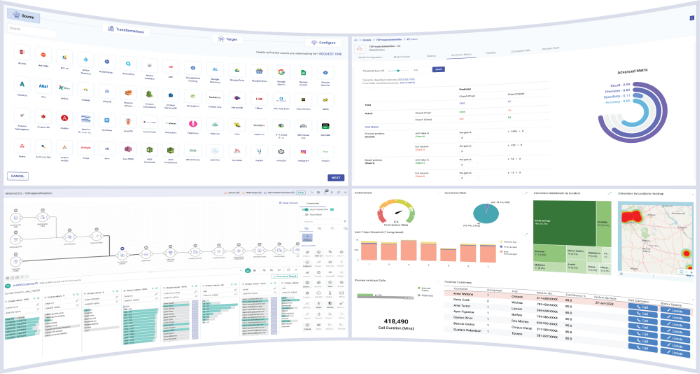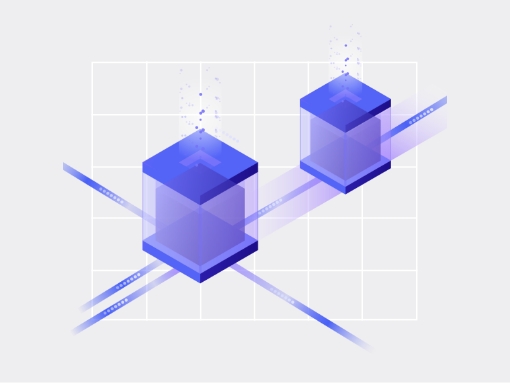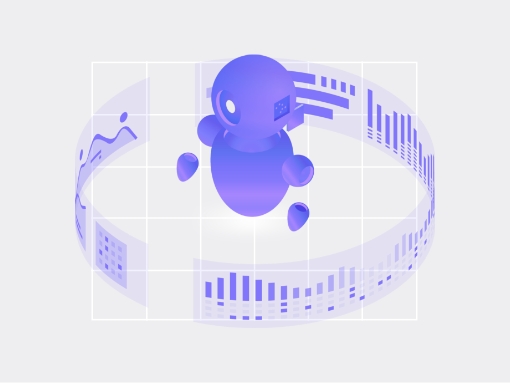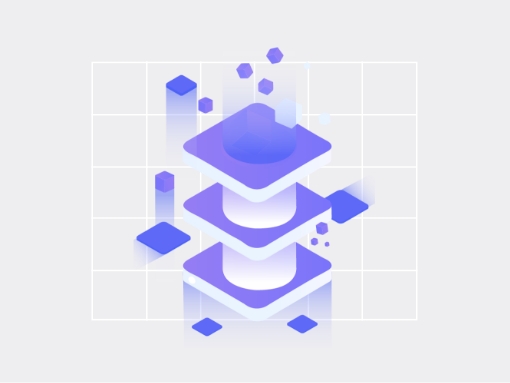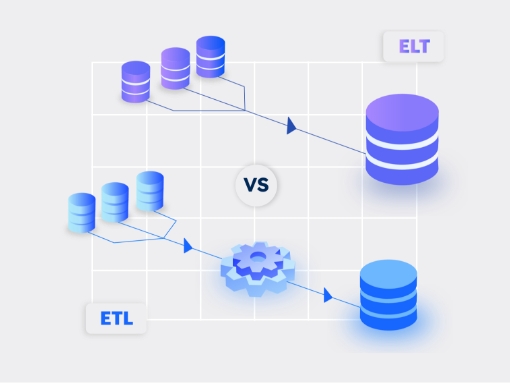Apache Spark adoption is growing but the complexities remain
Apache Spark has moved beyond the early-adopter phase and is now mainstream. Large data-driven enterprises are looking at Spark for all data processing tasks ranging from ingest through ETL and data quality processing to advanced analytics and machine learning jobs.
However, despite its growing popularity, Spark is still evolving. Along with a steep learning curve, developers need time to develop, integrate, and test code on Spark to solve the underlying complexities.
Moreover, building functionally rich Spark applications requires integration with various big data technologies such as a wide array of data sources and data targets (like multiple, disparate live data sources such as Kafka, HDFS, Hive, RabbitMQ, Amazon S3 and more), data processors, advanced analytics, and machine learning tools.
Hence, it might be difficult for developers and enterprise IT teams to keep up with the evolving big data landscape and the complexities of using Spark.
Low-code development abstracts Apache Spark complexities
A visual low-code tool is a solution to the complexities involved in building enterprise-grade Spark applications. A low-code platform enables visual work-flows instead of manual programming to reduce the time to develop and operationalize applications. It also helps to visualize an application’s data sources, data preparation, business logic, and third-party interfaces. This approach can empower a range of users, from developers to business users and can create efficiencies to the extent of 10x vs. hand-coding Spark pipelines.
Gathr, the all-in-one data pipeline platform, enables developers to build production-ready functionally-rich Spark applications with the aid of an intuitive drag-and-drop user interface and a wide array of pre-built Spark operators.
Learn how you can use Gathr to simplify Spark application development
Features of a low-code development tool
- An abstraction layer to simplify the use of complex technologies: The underlying infrastructure of the development platform must be well-tuned to help you focus on the business logic. For instance, Gathr provides a layer of abstraction for Spark and a comprehensive set of big data technologies like data sources and data targets (like Kafka, HDFS, Hive, RDBMS, Rabbit MQ, Azure Event-hub, Amazon Kinesis, Amazon S3, and ElasticSearch), a set of data processors, and an array of advanced analytics and Spark
- Visual elements: Low-code development Spark platforms offer a compelling visual interface that dramatically increases the developer’s productivity by providing ready-to-use operators to select, drag-and-drop, connect, and configure. Gathr provides a visual Spark pipeline designer, monitoring and debugging tools, and built-in real-time dashboards to support rapid Spark application development and faster time to deployment.
- End-to-end application lifecycle management: Low-code development platforms are not only focused on application development, but they must also provide an Integrated Development Environment (IDE) to support the entire application delivery lifecycle. Gathr seamlessly moves applications along the lifecycle from design, build, test, and deploy to manage on a single node. Apart from the visual development tools, the platform also includes a one-click deployment option, application governance tools (such as data inspect and data lineage), and an option to scale out on multiple clusters.
- Extensible: Though an easy to use drag-and-drop UI considerably accelerates time to application development, the demand for custom applications has never been higher. The platform must minimize hand-coding, yet should enable integration of hand-written custom logic into your Spark pipelines easily. Gathr supports SQL queries over Spark streaming as well as on your static data store along with inline support for languages and tools like Java, Scala, and MVEL.
Simplifying Apache Spark can drive higher adoption in the enterprise
Visual low-code development tools are accelerating the pace of software development. Continued innovations are bringing unprecedented levels of usability and power to these platforms.
Hand-coding and deploying a functionally-rich production-ready Spark application might take months. With a low-code Spark platform, you can deliver an application with more flexibility within few weeks with only 30% of your team at a fraction of the estimated cost.
Platforms like Gathr also address the shortage of Spark talent. With minimal coding requirements, the existing teams can dramatically increase their Spark usage and productivity and support existing Spark initiatives.
Also, the use of AI in low-code development platforms is emerging as a disruptive trend. Low-code Spark platforms are taking the abstraction of coding to a level that is enabling enterprises to develop AI-supported, model-driven approaches to software development giving developers an auto-build capability for complex process logic to application construction.
Adoption of low-code platforms is poised to increase, as more and more enterprise IT teams become faster and more flexible in using Spark and deliver enterprise applications with little or no hand coding. Business users will also start leveraging these platforms to build functional applications without having to write a single line of code. New AI driven approaches and future innovation will make these platforms more declarative to the business and will pave the roadmap for the future of these solutions.
To build Spark applications on Gathr in minutes, start your free trial today.
Recent Posts
View more postsBlog
Blog
Blog
Blog





